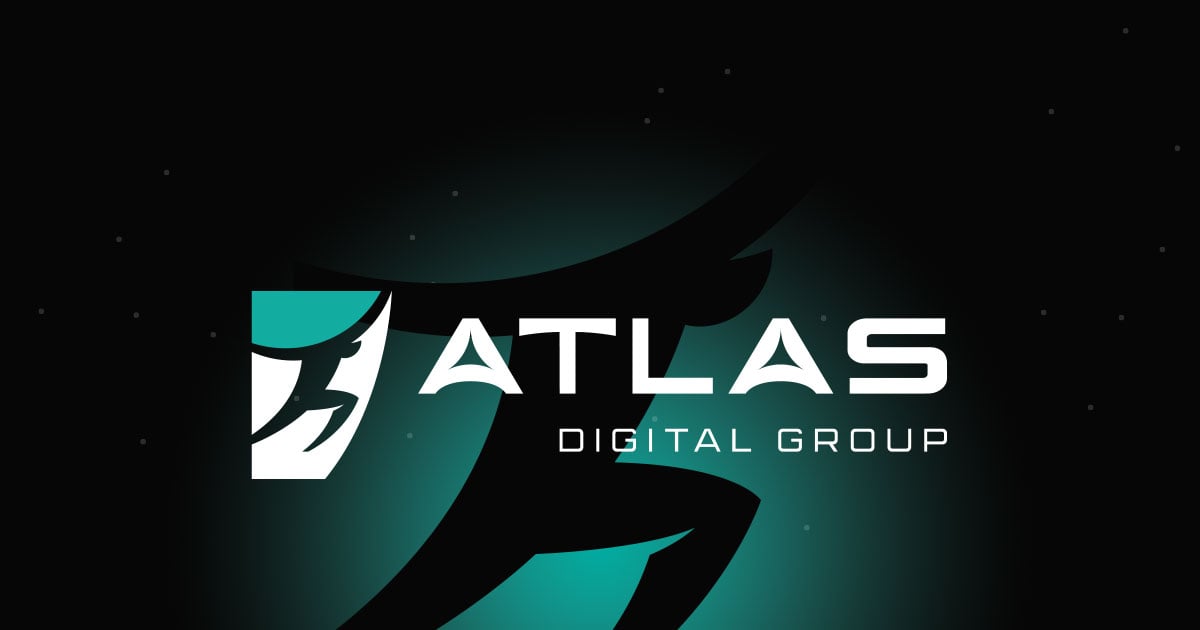As of October 2025, Kenya’s money market funds (MMFs) continue to be a go-to option for conservative investors seeking liquidity, capital preservation, and steady returns amid a stabilising economy.
With the Central Bank of Kenya (CBK) maintaining a policy rate of around 10.5% following cuts earlier in the year, MMF yields have trended downward but remain attractive compared to traditional savings accounts, typically ranging between 7% and 9% effective annual yield (EAY) for major funds.
In this fact-checked comparison, we pit two of the most accessible and popular MMFs: the CIC Money Market Fund from CIC Asset Management and the NCBA Fixed Income Fund (often referred to as NCBA’s MMF equivalent) from NCBA Investment Bank.
Both are regulated by the Capital Markets Authority (CMA), invest primarily in short-term, low-risk instruments like Treasury bills, commercial paper, and fixed deposits, and cater to retail investors.
We’ll break down their performance, fees, accessibility, and more, using the latest available data as of late September 2025.
Overview of CIC Money Market Fund
Launched by CIC Group, a cooperative-focused insurer with roots in agriculture, the CIC MMF emphasises simplicity and reliability.
It’s one of Kenya’s largest unit trusts by assets under management (AUM), holding a 25.6% market share as of mid-2025.
The fund targets short-term liquidity needs, making it ideal for emergency funds or parking cash between investments.
Key Features (as of September 2025)
- Performance: The fund delivered an average daily yield of 8.05% in August 2025 (net 6.84% after taxes and fees), with expectations of stabilisation or a slight decline in Q4 due to lower interbank rates. Year-to-date (YTD) returns stand at approximately 9.2%, reflecting the broader MMF downtrend from H1 highs of 12-14%.
- Fees: No initial or exit fees; annual management fee of 2.00%. Withholding tax of 15% applies to interest earnings.
- Minimum Investment: KES 5,000 initial; KES 1,000 for additional top-ups.
- Liquidity: Withdrawals processed at short notice with no penalties; typically 1-2 business days via M-Pesa or bank transfer. Same-day access is available for smaller amounts through mobile platforms.
- Risk Level: Low, as it focuses on high-credit-quality securities with minimal exposure to market volatility.
- AUM: Over KES 100 billion, providing scale and stability.
- 2025 Outlook: With GDP growth projected at 5.4%, the fund anticipates gradual yield compression to 7-8% EAY by year-end, supported by resilient agriculture and services sectors.
The CIC MMF shines for beginners and co-op members, offering seamless integration with CIC’s insurance ecosystem.
Overview of NCBA Fixed Income Fund (MMF)
NCBA Bank’s Fixed Income Fund, its flagship short-term unit trust, combines banking convenience with investment-grade assets.
As part of NCBA Group (a merger of NIC and CBA), it benefits from robust custody services and digital tools. It’s popular among salaried professionals for its integration with NCBA accounts.
Key Features (as of September 30, 2025)
- Performance: Daily yield of 7.73%, translating to an EAY of 8.01%. In July 2025, it averaged 8.02% daily (net 6.82%). YTD returns are around 8.8%, slightly trailing peers due to conservative allocation but showing consistency in a declining rate environment.
- Fees: Annual management fee of 2.00%; no entry/exit fees. 15% withholding tax on earnings.
- Minimum Investment: KES 5,000 initial; KES 1,000 subsequent (some sources note KES 3,000 min for certain access points).
- Liquidity: High same-day or next-day withdrawals via NCBA’s Loop app or branches. No lock-in periods.
- Risk Level: Low, with over 70% in government securities and the rest in corporate paper and deposits.
- AUM: Approximately KES 80-90 billion, second to CIC in market share.
- 2025 Outlook: NCBA forecasts sustained pressure on yields from a wider current account deficit but positive growth from infrastructure spending. Expect 7.5-8.5% EAY through December, with potential upside if CBK holds rates steady.
NCBA’s fund appeals to bank loyalists, leveraging seamless transfers from salary accounts.
READ ALSO:What Savvy Investors Should Know About the Latest MMF Interest Rate Trends
Head-to-Head Comparison
Both funds are neck-and-neck in accessibility and risk, but differences emerge in scale, yields, and ecosystem fit. Here’s a side-by-side breakdown based on late-2025 data:
| Aspect | CIC Money Market Fund | NCBA Fixed Income Fund (MMF) |
|---|---|---|
| Latest EAY (Sep/Oct 2025) | ~8.05% (Aug data; net ~6.84%) | 8.01% (Sep 30; net ~6.81%) |
| YTD Return (2025) | ~9.2% | ~8.8% |
| Management Fee | 2.00% | 2.00% |
| Min Initial Investment | KES 5,000 | KES 5,000 |
| Min Top-Up | KES 1,000 | KES 1,000 |
| Withdrawal Time | 1-2 business days (same-day possible) | Same/next-day via app |
| AUM (mid-2025) | > KES 100B (25.6% market share) | ~KES 85B (12-15% share) |
| Investment Focus | T-bills (60%), deposits, commercial paper | Govt securities (70%), corporate bonds |
| Best For | Co-op members, insurance bundling | Bank customers, digital ease |
Sources: Official fund sites and CMA data. Yields are gross of tax; net assumes 15% WHT. Past performance isn’t indicative of future results.
Yields for both have dipped from January 2025 peaks (12-15%) due to CBK rate cuts and lower T-bill auctions (e.g., 364-day T-bills at ~9.58% in September). CIC edges out slightly on AUM and YTD returns, while NCBA offers marginally better digital liquidity.
Which One Should You Choose in 2025?
- Pick CIC MMF if: You’re new to investing, value a massive asset base for stability, or already use CIC services (e.g., for bundled insurance). Its market leadership reduces liquidity risks during high redemption periods.
- Pick NCBA MMF if: You prioritize app-based access and same-day payouts, especially if your salary hits an NCBA account. It’s a bit more conservative, suiting ultra-short-term parking.
- General Advice: Both outperform bank savings (3-5%) but lag top performers like Cytonn (13%+). Diversify; if yields stay below 8%, consider fixed income funds for higher potential (10-14%). Always verify the latest rates via official apps, as MMFs accrue daily.
Final Thoughts
In 2025’s maturing MMF landscape, CIC and NCBA stand out for reliability over flash. With Kenya’s economy eyeing 5.6% growth in 2026, these funds remain solid for risk-averse savers.
Consult a financial advisor for a personalised fit, and remember: invest what you can afford to lock short-term.
Data fact-checked via CMA filings and official disclosures as of Oct 2, 2025. Yields fluctuate; check fund statements for real-time updates.
Ronnie Paul is a seasoned writer and analyst with a prolific portfolio of over 1,000 published articles, specialising in fintech, cryptocurrency, climate change, and digital finance at Africa Digest News.






Leave a Reply